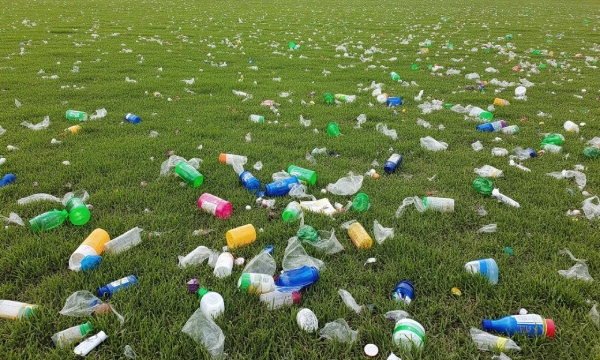Globally, over 400 million tons of plastic waste are generated annually. Less than 10% is effectively recycled. The rest enters landfills, incinerators, or the natural environment as “white pollution.” Traditional physical recycling struggles with low-value, mixed, or contaminated plastics. Against this crisis, chemical recycling—especially pyrolysis—is emerging as a solution. It offers high resource conversion, valuable outputs, and lower carbon emissions.

I. Solving Industrialization Bottlenecks: Turning Plastic into Energy
Pyrolysis isn’t new, but continuous industrial-scale operation has been a global challenge. LuxResearch reports that most projects operate below capacity due to technical limits. Niutech spent decades developing eight core technologies to overcome these barriers: Coking-Free Technology: Uses “thermal dispersion + gas sealing” for precise temperature control. Prevents localized overheating and residue buildup. Thermal efficiency rises >30%.
Dynamic Sealing & Continuous Operation: Innovative feeding system enables 24/7 stability at 10,000-ton scale. Cuts energy consumption significantly.
Smart Control: Monitors ~20,000 parameters in real time. Enables predictive maintenance and risk detection. Ensures long-term safety.
These innovations earned Niutech China’s National Science and Technology Progress Award—the only pyrolysis company ever honored. Its equipment holds seven international certifications (CE, TÜV, etc.) and exports to the UK, USA, Germany, Denmark, and more. It’s a “Chinese flagship” in high-end environmental tech.
II. From “White Pollution” to “Green Energy”: Closing the Loop
Niutech’s tech is commercially proven worldwide, creating end-to-end value chains:
Denmark Project: Processes mixed plastic from household waste. Produces high-quality pyrolysis oil. BASF upgrades it into ethylene/propylene monomers for new plastic—achieving “plastic-to-plastic” circularity.
Thailand Project: Converts waste plastic to pyrolysis oil. Oil is refined into gasoline/diesel for transport fuel. Validates an integrated “waste treatment + energy self-sufficiency” model.
These cases prove pyrolysis’ dual benefits: reducing carbon emissions while transforming low-value plastic into energy/chemical feedstocks.
III. Industry Outlook: Chemical Recycling Reshapes the Circular Economy
McKinsey data shows only ~16% of plastic is recycled globally, with chemical recycling under 1%. But policy and market forces are accelerating growth:The
EU’s Packaging and Packaging Waste Regulation (PPWR) mandates recycled content in packaging.
China’s 14th Five-Year Plan for Industrial Green Development promotes plastic chemical recycling.
Global brands pledge 25% recycled plastic in packaging by 2025. Physical recycling can only meet 14% of this gap—chemical recycling fills the void.
If 30% of waste plastic undergoes chemical recycling by 2035, annual output could hit 150 million tons—saving 450 million tons of oil.
Niutech’s approach proves waste plastic isn’t pollution’s endpoint, but a resource origin. Processing 100,000 tons of waste plastic via its pyrolysis cuts emissions by 230,000 tons versus traditional methods while yielding high-value energy products. As global waste bans expand and carbon neutrality deadlines near, chemical recycling will replace incineration and landfills—turning scattered “white pollution” into subterranean oil fields powering sustainable cities.
